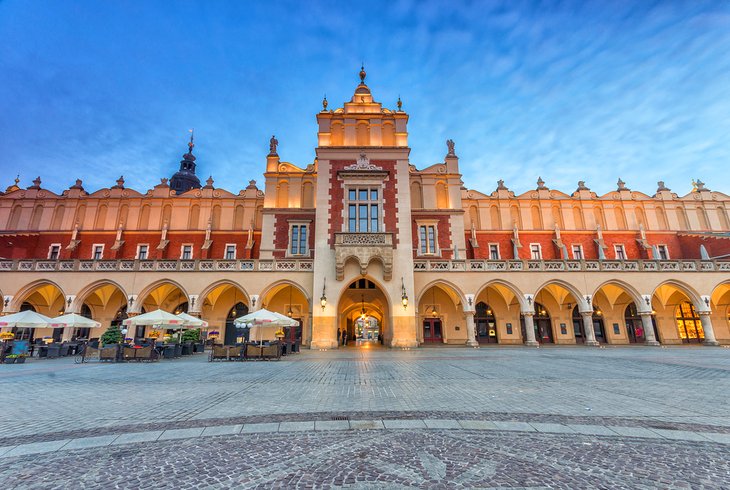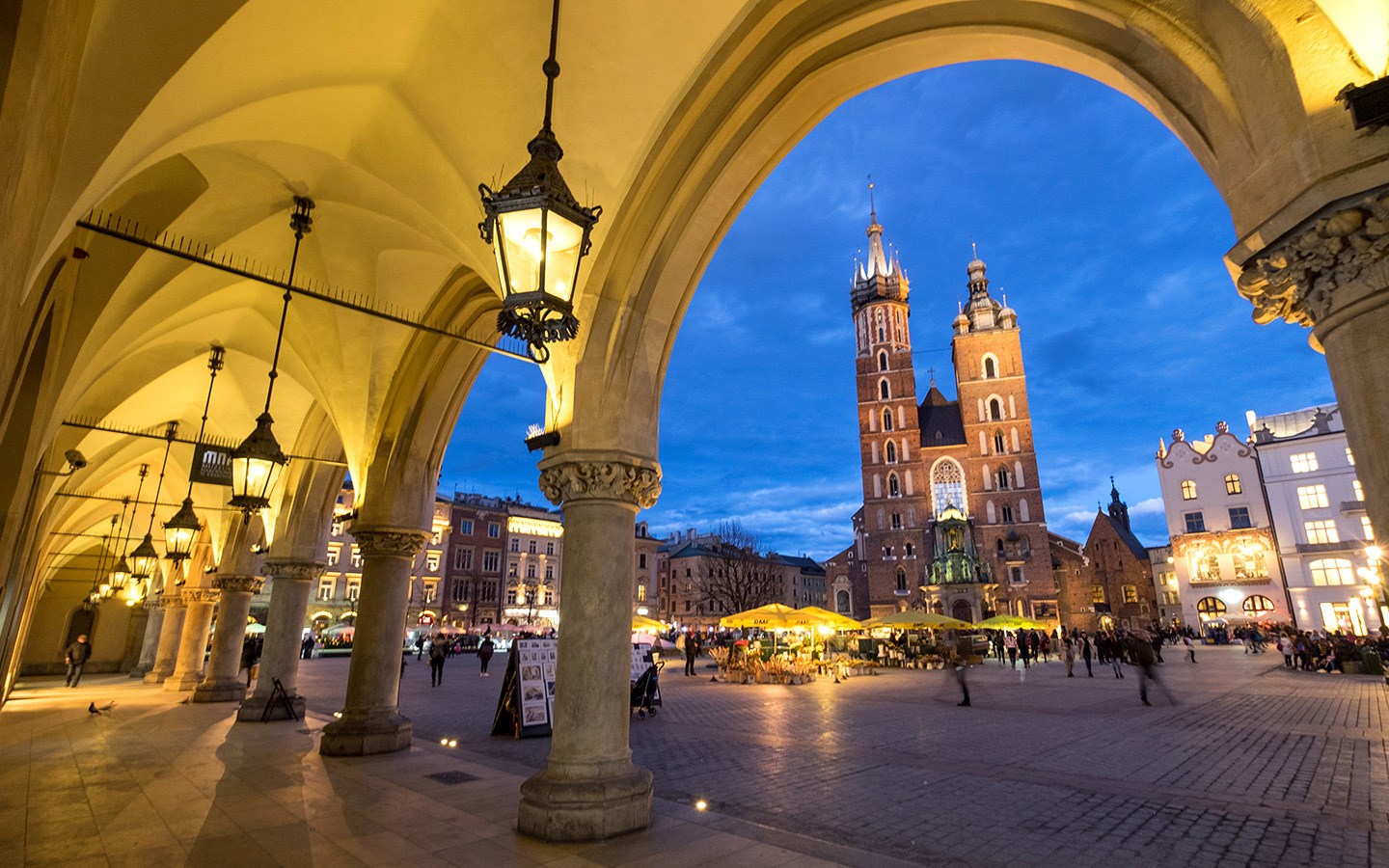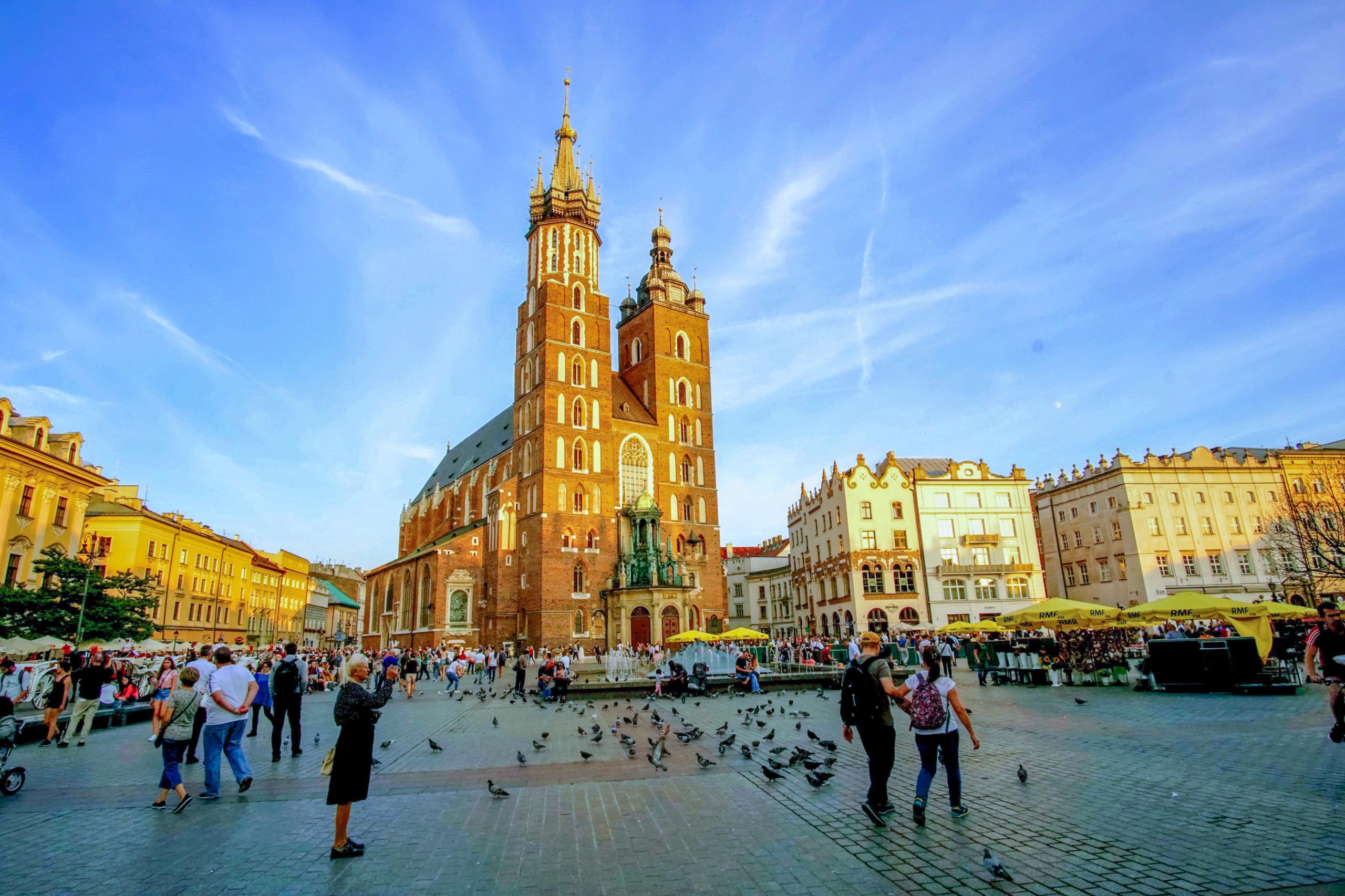
Poland, a nation steeped in a rich and often tumultuous history, has emerged as a vibrant and captivating travel destination. From its fairy-tale castles and medieval cities to its poignant memorials and burgeoning modern metropolises, Poland offers a compelling blend of old-world charm and contemporary allure. This article delves into the heart of Poland, exploring its top attractions, tracing its historical threads, providing practical travel advice, and guiding you through the best times to experience its magic.
Unveiling Poland’s Crown Jewels: Top Attractions
Poland boasts an incredible array of attractions that cater to every traveler’s interest. Here are some of the most unmissable:

Related Articles about Poland: A Tapestry of History, Culture, and Unforgettable Attractions:
- Lights, Camera, Luxury: Your Ultimate Guide to Los Angeles’ Best Hotels
- Phuket: Paradise Found – A Comprehensive Guide to Thailand’s Pearl of the Andaman
- Oman: A Jewel of Arabia – Your Essential Travel Guide
- Morocco: A Tapestry of Enchantment – Unveiling its Top Attractions and Essential Travel Guide
- The Land of the Long White Cloud: Your Ultimate Travel Guide to New Zealand
1. Krakow: The Royal Heartbeat
Krakow, the former capital of Poland, is a city that breathes history. Its Old Town (Stare Miasto), a UNESCO World Heritage site, is a masterpiece of medieval architecture. The Main Market Square (Rynek Główny), one of the largest medieval squares in Europe, is a sensory delight. Here, you’ll find the iconic Cloth Hall (Sukiennice), once a thriving center of commerce, now housing souvenir stalls and art galleries. Dominating the square is St. Mary’s Basilica, famous for its stunning Gothic architecture and the hourly trumpet call (Hejnał mariacki) from its taller tower.
No visit to Krakow is complete without exploring Wawel Hill. This majestic complex houses the Wawel Castle, a former royal residence showcasing centuries of Polish history and art, and Wawel Cathedral, the coronation and burial site of Polish monarchs. Just a short tram ride away, the Jewish Quarter (Kazimierz) offers a poignant glimpse into the city’s rich Jewish heritage, with its synagogues, cemeteries, and vibrant atmosphere.
2. Auschwitz-Birkenau Memorial and Museum: A Somber Pilgrimage
Located near Krakow, the Auschwitz-Birkenau Memorial and Museum is a profoundly moving and essential experience. This former Nazi concentration and extermination camp stands as a stark reminder of the Holocaust’s horrors. Visiting Auschwitz-Birkenau is not an easy undertaking, but it is a vital act of remembrance and education. Guided tours are highly recommended to fully comprehend the historical context and the immense suffering that took place here.
3. Warsaw: The Phoenix City
Poland’s current capital, Warsaw, is a testament to resilience. Devastated during World War II, it has been meticulously rebuilt, with its Old Town being a remarkable reconstruction that earned it UNESCO status. Wander through its cobblestone streets, admire the colorful burgher houses, and soak in the atmosphere. The Royal Castle on Castle Square is a magnificent edifice, once home to Polish royalty.
Beyond the Old Town, Warsaw offers a wealth of attractions. The Łazienki Park is a sprawling oasis of greenery, featuring the stunning Palace on the Water and the iconic Chopin monument. For a glimpse into the city’s turbulent past, the Warsaw Uprising Museum is an immersive and impactful experience. The Palace of Culture and Science, a Soviet-era gift, offers panoramic views of the city from its observation deck.
4. Wieliczka Salt Mine: An Underground Marvel

Another UNESCO World Heritage site near Krakow, the Wieliczka Salt Mine is an extraordinary underground world carved entirely from salt. This historical mine, in operation for over 700 years, features chapels, sculptures, and even a cathedral – all meticulously sculpted from salt. The highlight is the Chapel of St. Kinga, a breathtaking underground sanctuary adorned with intricate salt chandeliers and religious figures.
5. Gdańsk: The Baltic Jewel
Nestled on the Baltic coast, Gdańsk is a port city with a rich maritime history and a pivotal role in modern Polish history. Its Old Town, with its distinctive Dutch-Renaissance architecture, is a visual feast. The Long Market (Długi Targ) is lined with vibrant merchant houses, leading to the iconic Neptune Fountain. The Żuraw (Crane), a medieval port crane, is a symbol of the city.
Gdańsk is also the birthplace of the Solidarity movement, which played a crucial role in the fall of communism. The European Solidarity Centre offers an insightful and moving exhibition on this significant chapter in history.
6. Malbork Castle: A Teutonic Knights’ Fortress
For medieval history buffs, Malbork Castle is an absolute must-see. This colossal Gothic fortress, the largest castle in the world by land area, was once the headquarters of the Teutonic Knights. Its sheer scale and imposing architecture are awe-inspiring. Explore its vast courtyards, impressive ramparts, and intricate interiors, imagining the knights who once resided here.
7. Wrocław: The City of Bridges and Dwarfs
Wrocław, often overlooked but incredibly charming, is known as the "Venice of Poland" due to its numerous islands and over 100 bridges. The Market Square, one of the largest in Europe, is vibrant and surrounded by colorful buildings. The city is also famous for its hundreds of small dwarf statues scattered throughout its streets, each with its own unique story. Finding them is a delightful scavenger hunt that adds a whimsical element to exploring Wrocław.
8. Zakopane and the Tatra Mountains: Alpine Adventures
For nature lovers and adventure seekers, Zakopane, nestled at the foot of the Tatra Mountains, is an idyllic retreat. This charming mountain town serves as the gateway to Poland’s highest mountain range. Hiking, skiing, and mountaineering are popular activities here, with trails ranging from gentle strolls to challenging climbs. The unique wooden architecture of Zakopane, known as the "Zakopane Style," adds to its rustic appeal.
A Journey Through Poland’s Storied Past
Poland’s history is a compelling narrative of triumphs and tribulations. From its early beginnings as a Slavic state in the 10th century, it rose to become a powerful European kingdom, particularly during the Polish-Lithuanian Commonwealth. This era, marked by its vast territory and unique political system, fostered a golden age of arts and sciences.
However, Poland’s strategic location made it a frequent target. The partitions of Poland in the late 18th century by Russia, Prussia, and Austria erased the nation from the map for over a century. Despite this, Polish identity and culture persevered.
The 20th century brought further devastation. Poland was the first nation to be invaded in World War II, enduring brutal Nazi occupation and immense suffering, epitomized by the Holocaust and the destruction of its cities. The post-war period saw Poland fall under Soviet influence, leading to decades of communist rule.
The 1980s witnessed the rise of the Solidarity movement, a powerful trade union that ultimately played a pivotal role in dismantling communism across Eastern Europe. Poland regained its full sovereignty in 1989 and has since undergone a remarkable transformation, becoming a member of NATO and the European Union, and a thriving modern nation.
Planning Your Polish Adventure: Travel Tips
- Visa Requirements: Check visa regulations for your nationality well in advance. Many nationalities can enter Poland visa-free for short stays.
- Currency: The official currency is the Polish Złoty (PLN). While credit cards are widely accepted in cities and tourist areas, it’s advisable to carry some cash for smaller establishments or rural areas.
- Language: The official language is Polish. While English is increasingly spoken in tourist centers, learning a few basic Polish phrases will be greatly appreciated.
- Safety: Poland is generally a safe country for travelers. Exercise standard precautions against petty theft, especially in crowded areas.
- Tipping: Tipping is customary in restaurants (around 10% for good service), for taxi drivers, and hotel staff.
- Electricity: The standard voltage is 230V, and sockets are type E.
Accommodation Options: From Palaces to Hostels
Poland offers a diverse range of accommodation to suit every budget and preference:
- Luxury Hotels: Major cities boast world-class hotels offering impeccable service and amenities, often housed in historic buildings.
- Boutique Hotels: Charming and stylish boutique hotels provide a more intimate and personalized experience, especially in historic city centers.
- Mid-Range Hotels: Comfortable and well-equipped mid-range hotels are readily available throughout the country, offering good value for money.
- Apartments and Airbnb: Renting apartments or using platforms like Airbnb is a popular choice for families or those seeking more space and self-catering facilities.
- Hostels: Budget-conscious travelers will find a good selection of clean and friendly hostels in major cities, offering dormitory beds and private rooms.
- Guesthouses (Agroturystyka): In rural areas and near national parks, traditional guesthouses offer a taste of local life and often include breakfast.
- Sobering Houses (Schroniska): In mountain regions like Zakopane, these mountain huts offer basic but essential accommodation for hikers.
Navigating Poland: Transportation
Poland has a well-developed transportation network, making it easy to explore the country:
- Air Travel: Major cities like Warsaw, Krakow, and Gdańsk have international airports with connections to numerous European and global destinations.
- Trains: Poland has an extensive and efficient railway network operated by PKP Intercity. Trains are a comfortable and scenic way to travel between cities. High-speed trains connect major hubs like Warsaw and Krakow.
- Buses: For smaller towns and villages not served by trains, the bus network is extensive. Companies like FlixBus offer comfortable and affordable long-distance coach travel.
- Car Rental: Renting a car offers flexibility, especially for exploring rural areas or smaller towns. Roads are generally in good condition, but be aware of speed limits and potential tolls.
- Public Transport within Cities: Major cities have well-integrated public transport systems, including trams, buses, and metros (in Warsaw). Purchasing day passes or multi-day tickets can be cost-effective.
- Taxis and Ride-Sharing: Taxis are readily available, and ride-sharing apps like Uber and Bolt operate in most cities.
The Perfect Polish Season: Best Time to Visit
Poland experiences distinct seasons, each offering a unique charm:
- Spring (April-May): This is a beautiful time to visit as nature awakens. The weather is generally mild, flowers are in bloom, and tourist crowds are smaller. It’s ideal for exploring cities and enjoying outdoor activities.
- Summer (June-August): The warmest months, offering long daylight hours and ideal weather for exploring beaches, mountains, and outdoor festivals. This is also the peak tourist season, so expect larger crowds and higher prices.
- Autumn (September-October): A truly magical time in Poland. The landscapes are painted with vibrant autumn colors, and the weather is crisp and pleasant. It’s perfect for hiking, city breaks, and enjoying local harvest festivals.
- Winter (November-March): Poland transforms into a winter wonderland, especially in mountainous regions. Cities are adorned with festive lights, and Christmas markets are a major attraction. It’s a great time for skiing, enjoying cozy cafes, and experiencing the festive atmosphere. However, be prepared for cold temperatures and shorter daylight hours.
Conclusion:
Poland is a country that will captivate your senses and linger in your memory long after you’ve left. Its rich history, from royal splendor to wartime resilience, is palpable in its ancient castles, rebuilt cities, and solemn memorials. Its diverse attractions, from the vibrant markets of Krakow to the serene beauty of the Tatra Mountains, offer something for every traveler. With its growing infrastructure, welcoming locals, and affordable prices, Poland is a destination that continues to shine, inviting you to discover its enduring spirit and unforgettable charm.





